According to medical history, the patient had high blood pressure and cerebral hemorrhage 10 years ago, leaving sequelae of right-sided weakness and language disorder.
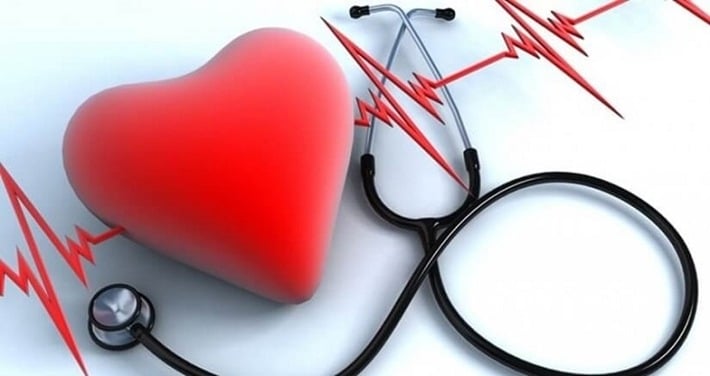 |
| Illustration photo. |
Although he had been treated and his condition was stable, after about a year of taking medication, Mr. N. stopped treatment on his own. Before that, he had a habit of smoking a pack of cigarettes a day and drinking about 200 ml of alcohol a day for 20 years. It was only when he had a stroke that he completely stopped these unhealthy habits.
About a week before being admitted to the hospital, Mr. N. began to feel tired, thirsty, drank a lot, and urinated a lot. This condition lasted for a long time, making the patient increasingly tired, with abdominal pain, difficulty breathing, nausea, and vomiting many times.
On August 4, his family took him to a large hospital in Hanoi . There, he was diagnosed with diabetic ketoacidosis, high blood pressure, and sequelae of a previous cerebral hemorrhage. After first aid with fluid replacement and insulin, the patient was transferred to the Central Endocrinology Hospital for further intensive treatment.
At the time of admission, the patient was conscious, able to communicate but had difficulty speaking, blood pressure 120/70 mmHg, pulse 80 beats/minute. The patient had weakness in the right side of the body, muscle strength 3/5, decreased tendon reflexes. Blood sugar measured was 20.4 mmol/l.
Master, Doctor Bui Manh Tien, Department of Emergency, Central Endocrinology Hospital, said that blood test results showed that the patient's blood sugar had increased for a long time before that without being detected, and at the same time there were signs of kidney damage.
Although other paraclinical indicators such as electrocardiogram, chest X-ray, abdominal ultrasound have not recorded any abnormalities. Cardiac function is preserved with ejection fraction (EF) reaching 63%. The patient also underwent in-depth testing to accurately classify diabetes.
Diagnosis at the time of admission was: Diabetic ketoacidosis type 2, hypertension, dyslipidemia, sequelae of stroke due to old cerebral hemorrhage.
At the Central Endocrinology Hospital, Mr. N. was actively treated with a regimen including fluid replacement, electrolyte balance, insulin injections, blood pressure control, and use of lipid-lowering drugs.
After a few days of treatment, the patient was alert, responsive, had no fever, no headache, and no difficulty breathing. Hemodynamics were stable, renal function returned to normal, and muscle strength in the right half of the body gradually improved. The patient is continuing to be monitored and treated at the department.
Doctor Bui Manh Tien emphasized that high blood pressure and diabetes are two chronic diseases that are closely related, often occurring at the same time and can cause many dangerous complications such as stroke, myocardial infarction, kidney failure, etc.
To prevent complications, patients need to control blood pressure and blood sugar levels well by following treatment regimens, having regular check-ups and maintaining a scientific lifestyle.
In particular, doctors recommend that patients absolutely do not stop taking medication, change dosage or use products of unknown origin. Regular health check-ups, especially proper blood pressure and blood sugar measurement, play a key role in early detection and effective treatment of chronic diseases.
Along with that, patients need to have a reasonable diet, limit alcohol, completely stop smoking cigarettes or tobacco, and increase appropriate physical activity. If there are unusual signs such as fatigue, thirst, frequent urination, headache, numbness or visual disturbances, they need to go to a medical facility immediately for timely examination and treatment.
Source: https://baodautu.vn/nguoi-dan-ong-nhap-vien-nguy-kich-vi-tu-y-ngung-thuoc-dieu-tri-huet-ap-d363050.html





![[Photo] President Luong Cuong receives delegation of the Youth Committee of the Liberal Democratic Party of Japan](https://vstatic.vietnam.vn/vietnam/resource/IMAGE/2025/8/22/2632d7f5cf4f4a8e90ce5f5e1989194a)
![[Photo] Prime Minister Pham Minh Chinh chairs the conference to review the 2024-2025 school year and deploy tasks for the 2025-2026 school year.](https://vstatic.vietnam.vn/vietnam/resource/IMAGE/2025/8/22/2ca5ed79ce6a46a1ac7706a42cefafae)








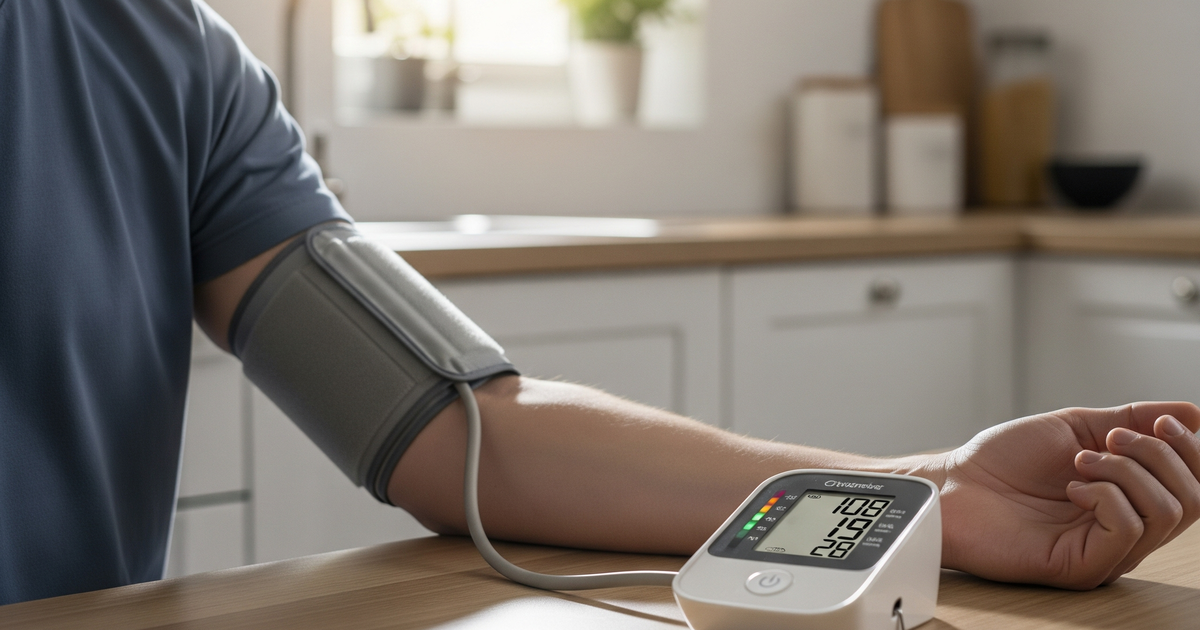
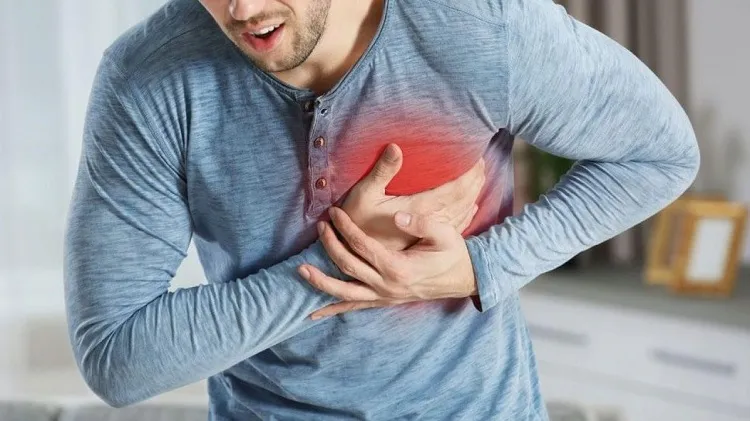




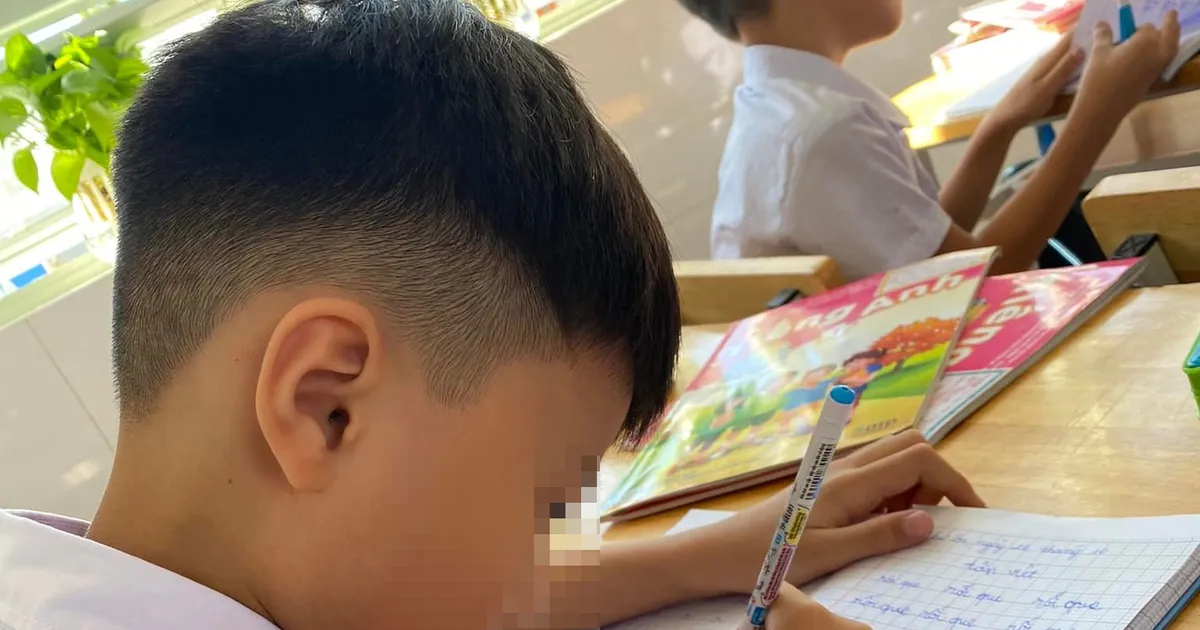


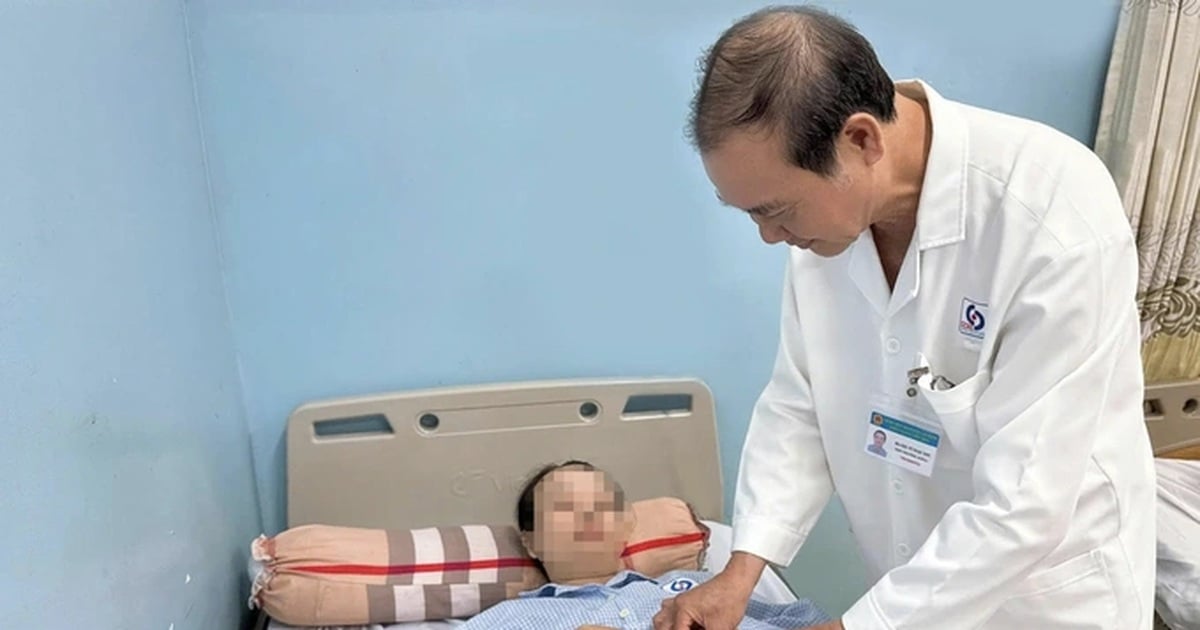
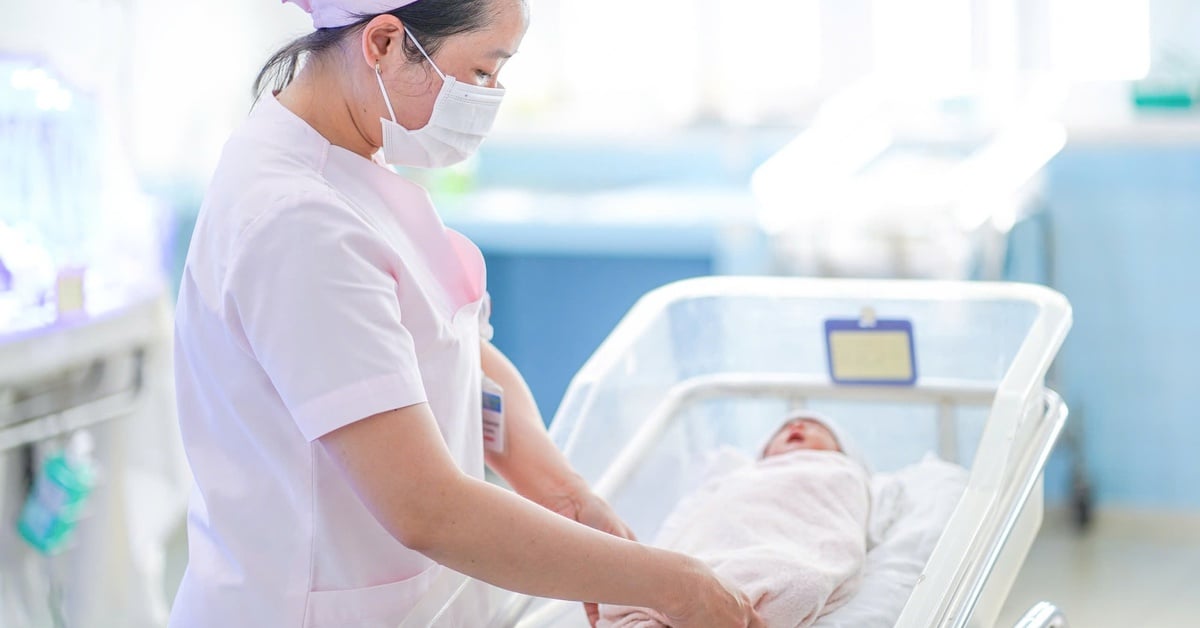


































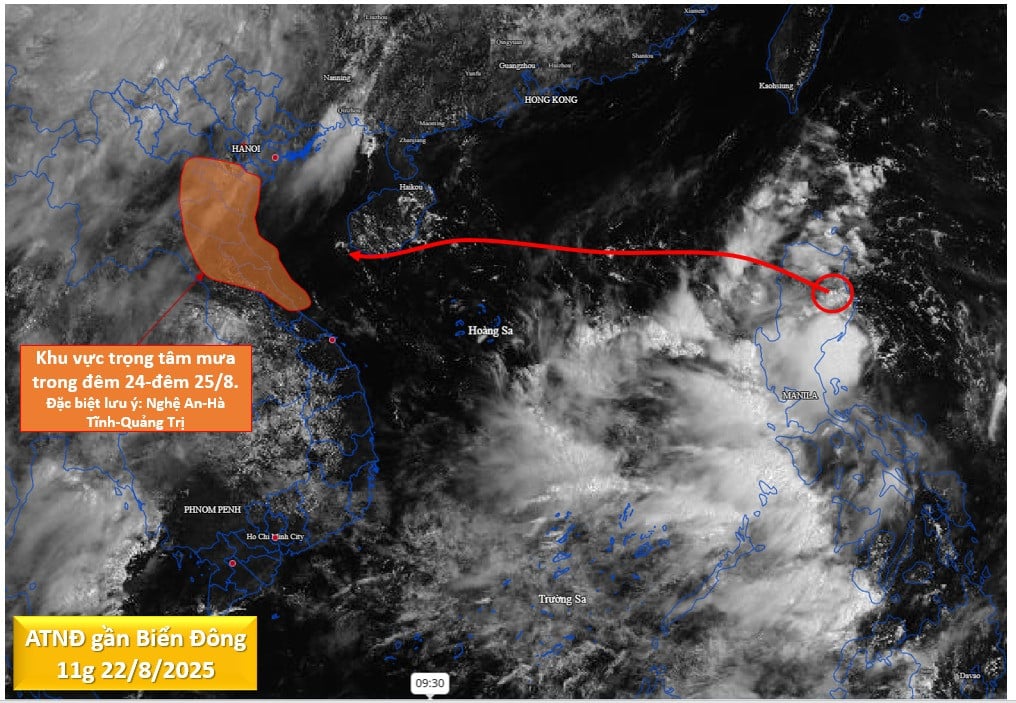












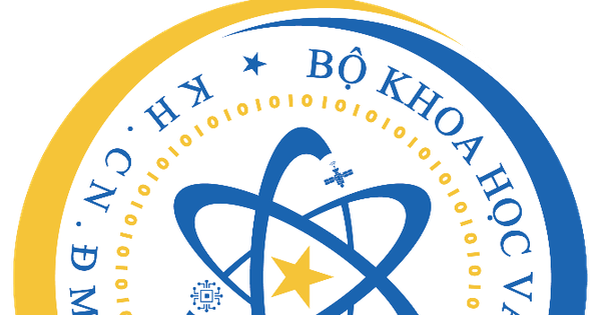

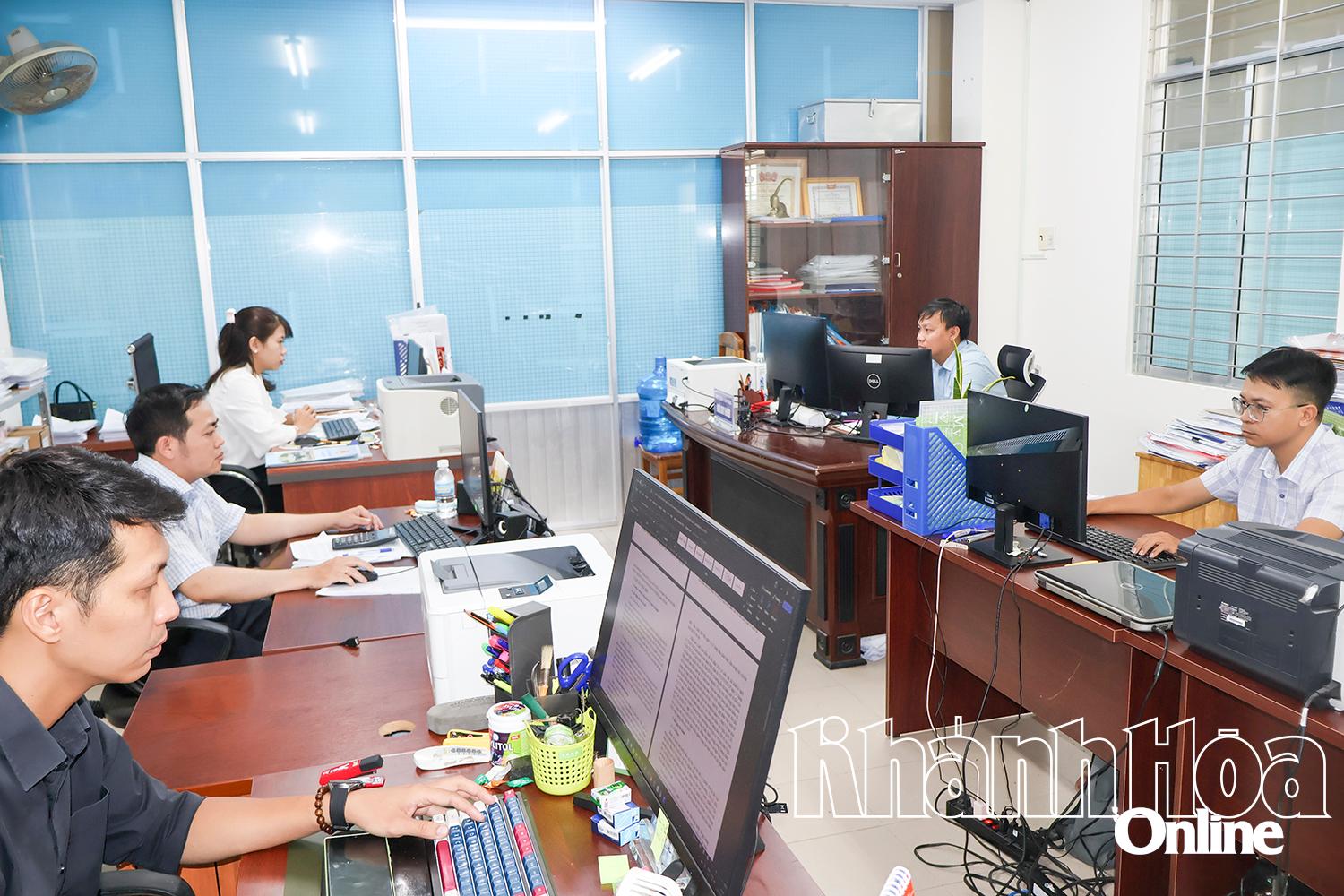





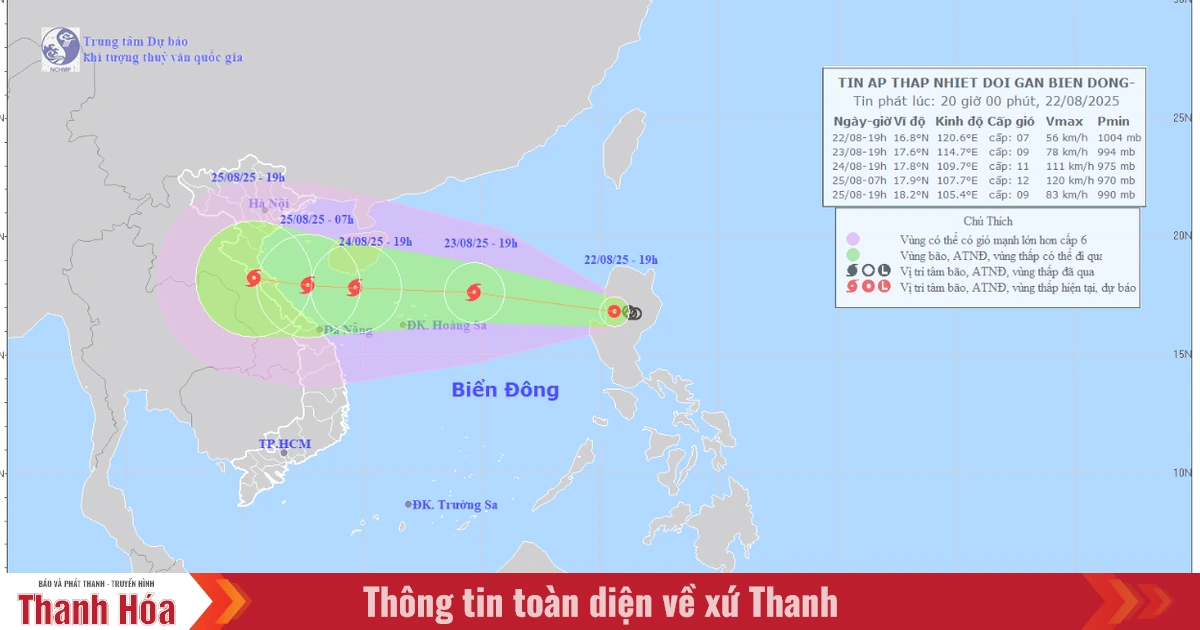















Comment (0)